On saying see you later
This blog (or at least the Fulbright part of it) is ending sooner than I had hoped.
Last Friday, I got a message from the State Department and COMEXUS, the Fulbright Commission in Mexico, which “strongly advise[d]” all U.S. Fulbright participants to leave our placement countries as soon as possible. While at this time our departure is optional, if we don’t leave now, we were told, because of how quickly the COVID-19 pandemic is changing, there’s no guarantee the State Department can help us return home in the future.
When I first received the message, I felt confident: I should wait it out. That day, there were only 26 cases of COVID-19 confirmed in Mexico, so by all logic it was risker (for myself and others) to travel by plane (yikes) back to the U.S. (double yikes). But shortly after, things started to move quickly. The Secretary of Public Education closed schools from March 20 through April 20, asking people to stay at home with their families. I realized that, if I was unable to work (and because I lived in university housing, potentially unable to continue in my living situation), it made more sense for me to self-quarantine and social distance at home, with my family, than in Carmen.
There were other factors that contributed to the decision, but the result was that I ended up with a ticket back to the U.S., which left me with the difficult dilemma of how to say goodbye to the dozens of people that had made Carmen home for me over the last six and a half months. Of course, time made doing so impossible and overwhelming. In the end, I got on my plane having said goodbye to a few coworkers, students and friends, but having left many behind. The only comfort I can find in this is knowing that goodbyes are never really satisfying, and besides, I hope my goodbye to Carmen is not a true “goodbye” but rather a “see you later.”
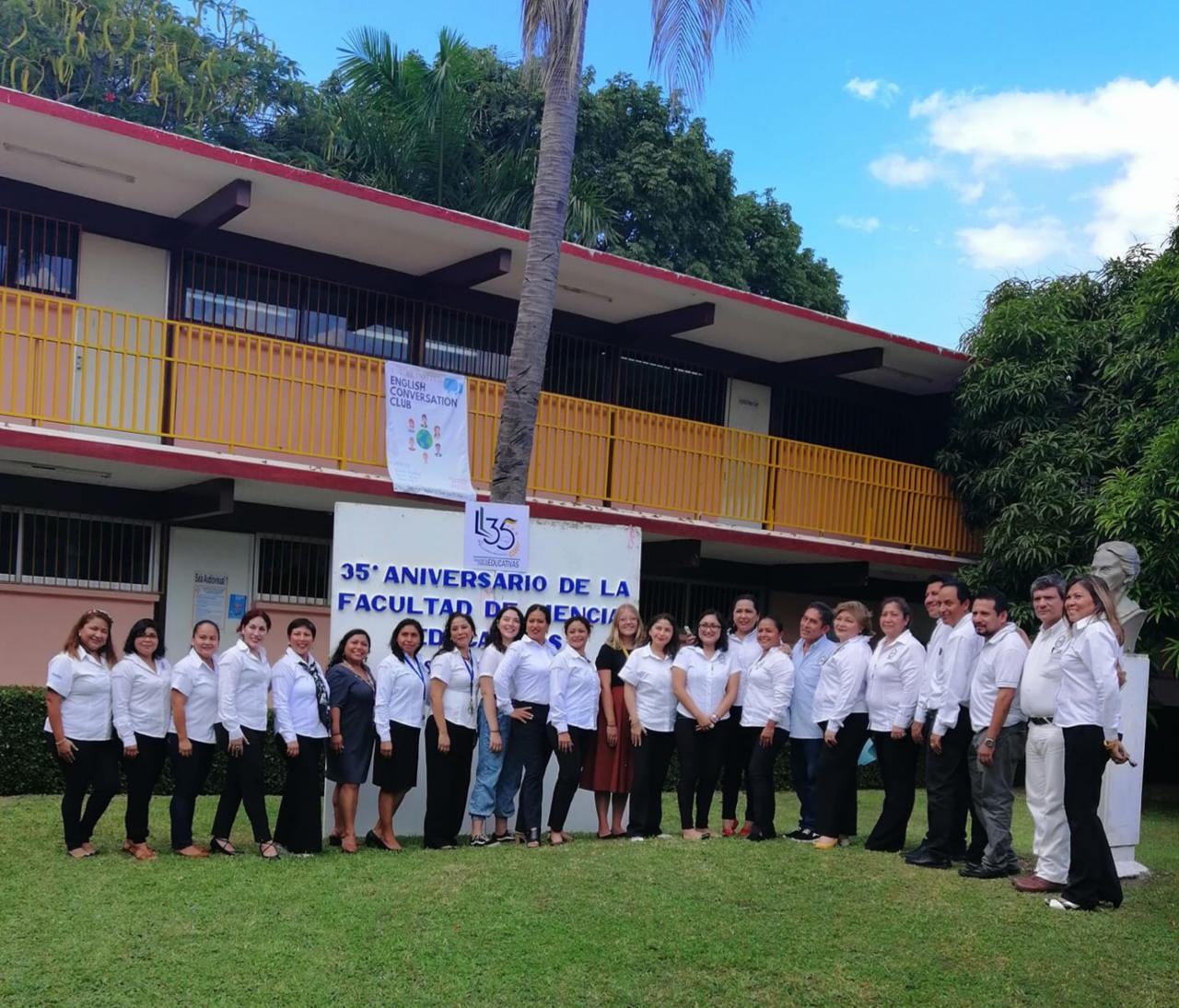
The island of Carmen is impressive from above — its bright yellow church, sun-bleached malecón, large boats and tall palm trees, the oil platforms in the ocean surrounding it with their impressive metal towers that don’t hint at the life they sustain. When I saw it as my flight took off, I tried to imprint it into my mind, I tried to catalog all the good and bad days I had there, all the ways I grew. I felt overwhelmed by the messages of best wishes from my students, my coworkers, my book club friends, my trainer at the gym, the women I had interviewed. I felt like I was abandoning the island that had been so kind for me, and yet everyone who had welcomed me there was understanding. I was leaving not because I wanted to, but because the pandemic has put us all in difficult situations, presented all of us with difficult choices — and the gravity of my situation and choices was minuscule compared to that which many others are facing.
I think the next few months are going to be hard and isolating for all of us, and I also think that, during this time, it might feel hard to remember the beautiful, the joyful, or even the everyday. And yet precisely because it will be so hard, doing so is so important.
One of the things I loved about my time in Carmen is I had more time to read for pleasure, something I largely gave up during college (I know, it’s dumb, I was studying journalism, I should have been better about that). One of the best books I read (after hearing about it on This American Life and through the glowing recommendation of a friend) was “The Book of Delights” by Ross Gay. For a year, Gay wrote an “essayette” each day about something that delighted him, and the end result is a beautiful reflection on finding delight in the ordinary moments that we might otherwise overlook.
“The more you study delight,” Gay writes, “the more delight there is to study.”
Of course, I walk away from this experience most thankful for the students and teachers who I now consider good friends. I could write books about them (maybe someday I will). But, in an effort to close my public reflections on an experience I hope I’m never done reflecting about, here are few of the more basic delights, surface-level beauty, that Carmen brought me.
The mangoes
The fact that I had to leave right in the middle of mango season is perhaps the cruelest part of this whole situation. The mangoes in Carmen are so good! So ripe! Throw a little chamoy and lime on one — and listo, any day is automatically better.
The pineapple
Pineapples were definitely my number one fruit until it became mango season. Buying a sliced pineapple in a bag from the fruit market and eating the entire thing while walking around the Centro is my jam.
The beaches
Before I came to Carmen, all of my friends made fun of me because I had always said that I don’t really like beaches. It’s not even so much that I don’t like beaches, just that I find other things, like mountains or canyons, more interesting. Honestly, there’s not that much to do at the beach. But I will say, while Carmen’s shores didn’t totally turn me into a beach girl, they are definitely worth writing home about. I also discovered that I like shrimp, or more specifically that I like shrimp on the beach, or more specifically that I like shrimp on Carmen’s beaches, even though I don’t really like seafood.
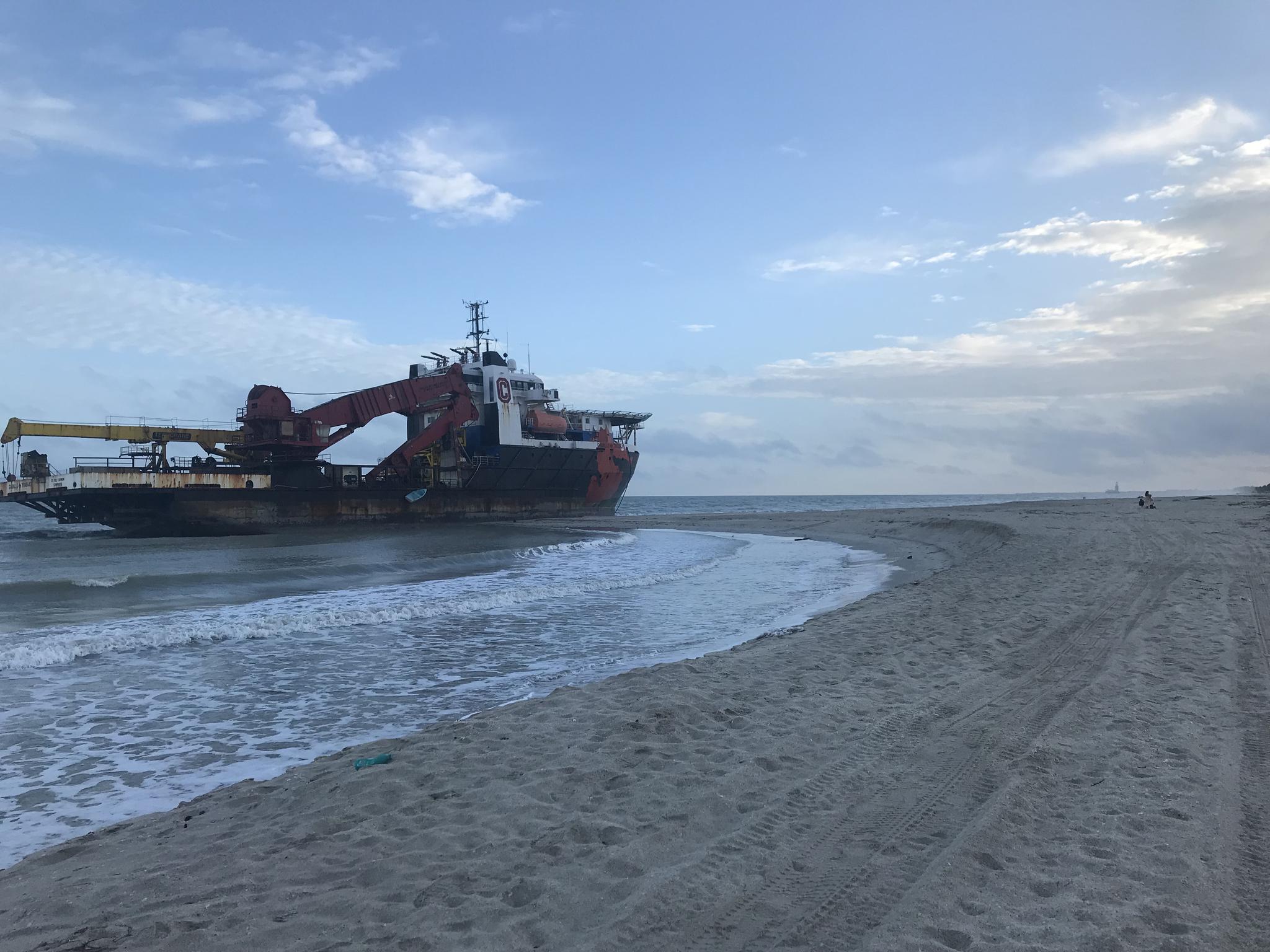
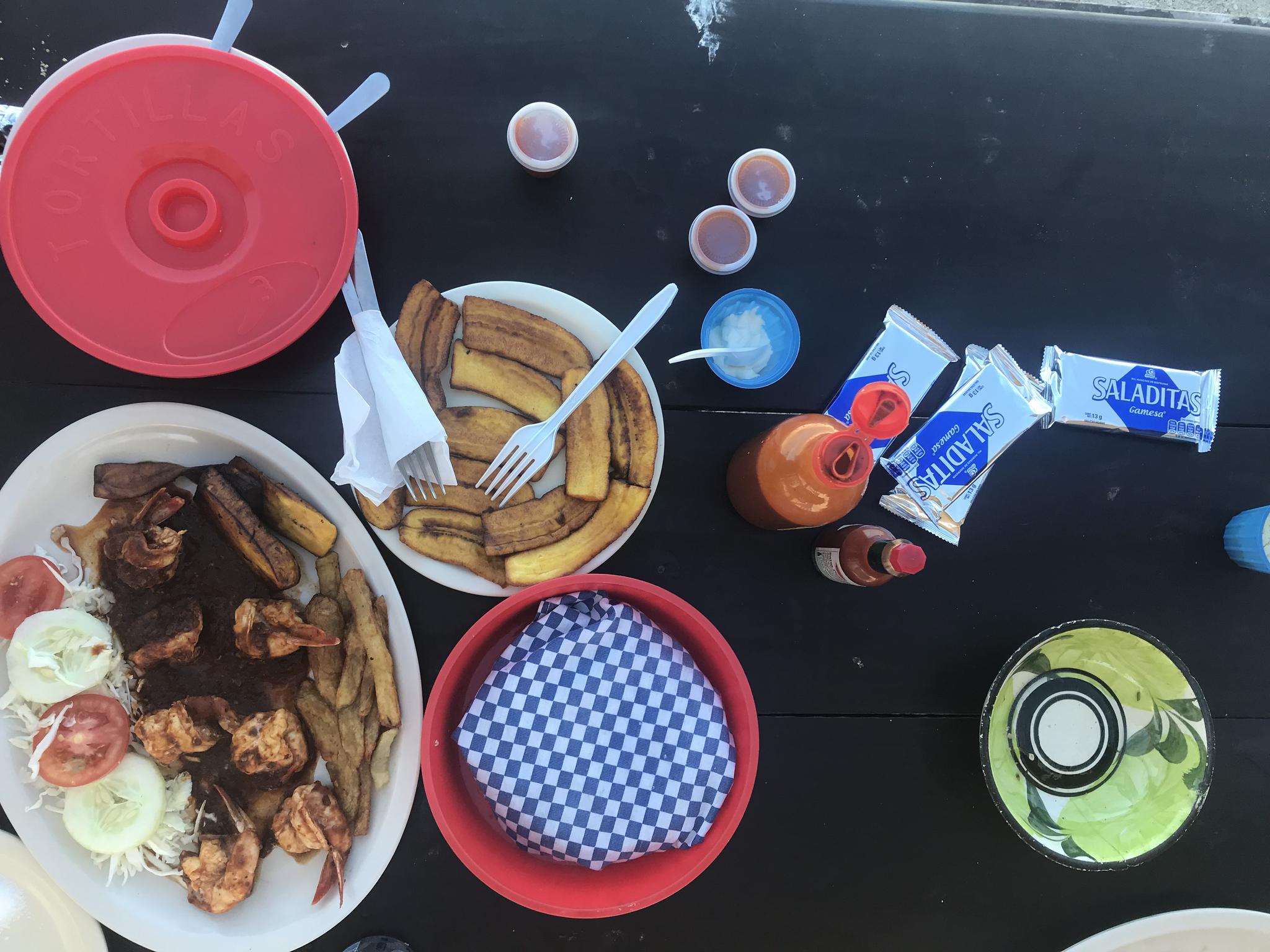
Coco, Simplemente Deli, Rico Aroma
Out of sheer luck, I lived on Avenida Concordia, the avenue in Carmen with all the best restaurants, coffee shops and bars. These specific restaurants are probably not important to you unless you live in or will visit Carmen, but I will just say, Coco’s vegan pizza, Simplemente Deli’s Santa Fe salad, and Rico Aroma’s matcha latte are all delicious and will all be missed dearly.
Matcha lattes
Speaking of matcha lattes, why are they so much better in Mexico than they are in the U.S.? I will never know.
The malecón
Malecón was one of the words that caused my students and I the most consistent difficulty to translate. Perhaps “boardwalk” — but for me in English “boardwalk” implies some sort of a carnival-vibe, like with games and a Ferris wheel. My students said “seawalk,” but I’ve never heard the word “seawalk” outside of Carmen. But anyway, in Carmen the malecón is the path by the ocean that you can run or walk or bike on, and perhaps most importantly, where you can watch the best sunsets in the city. I will miss it.
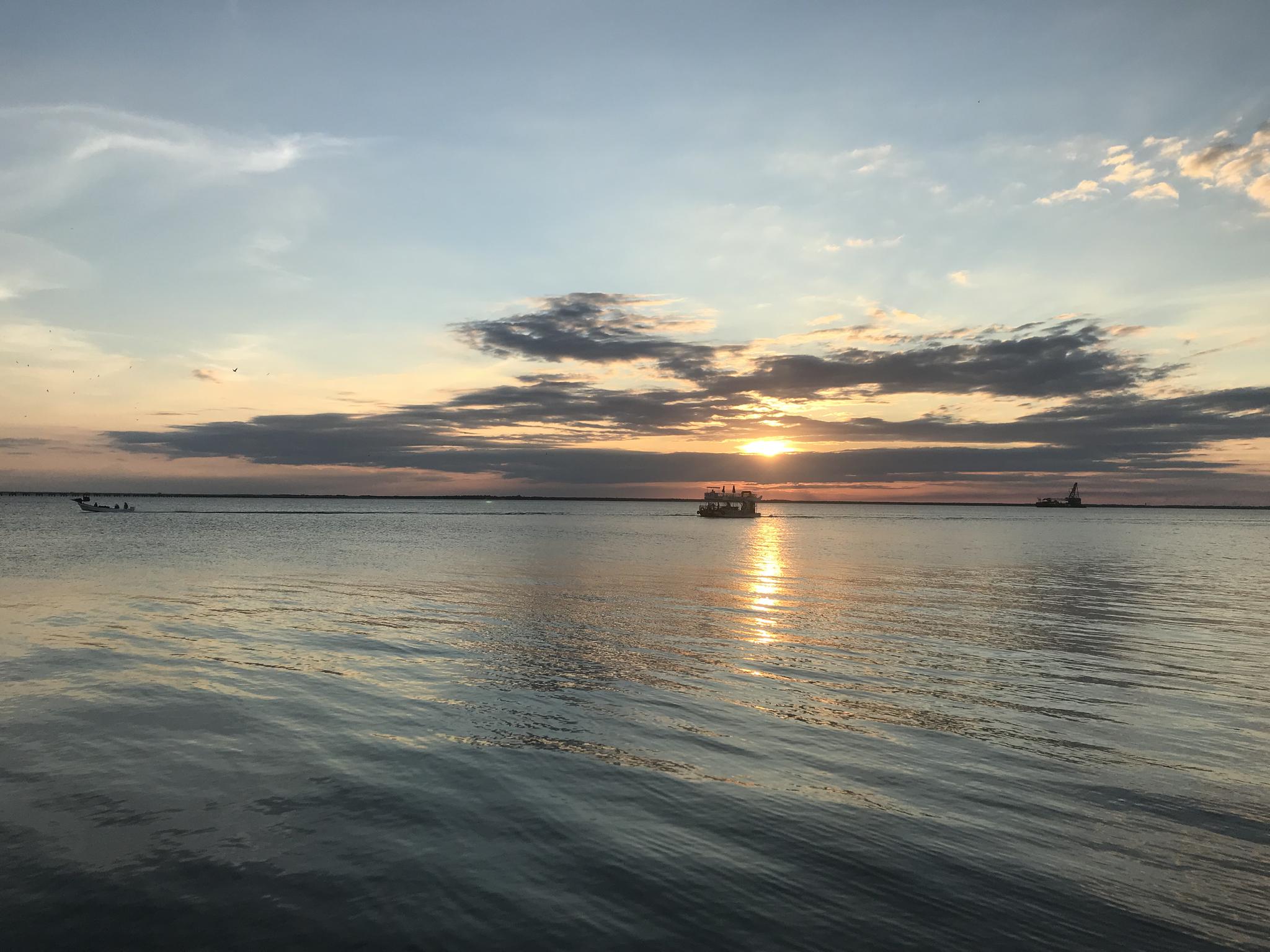
The iguanas
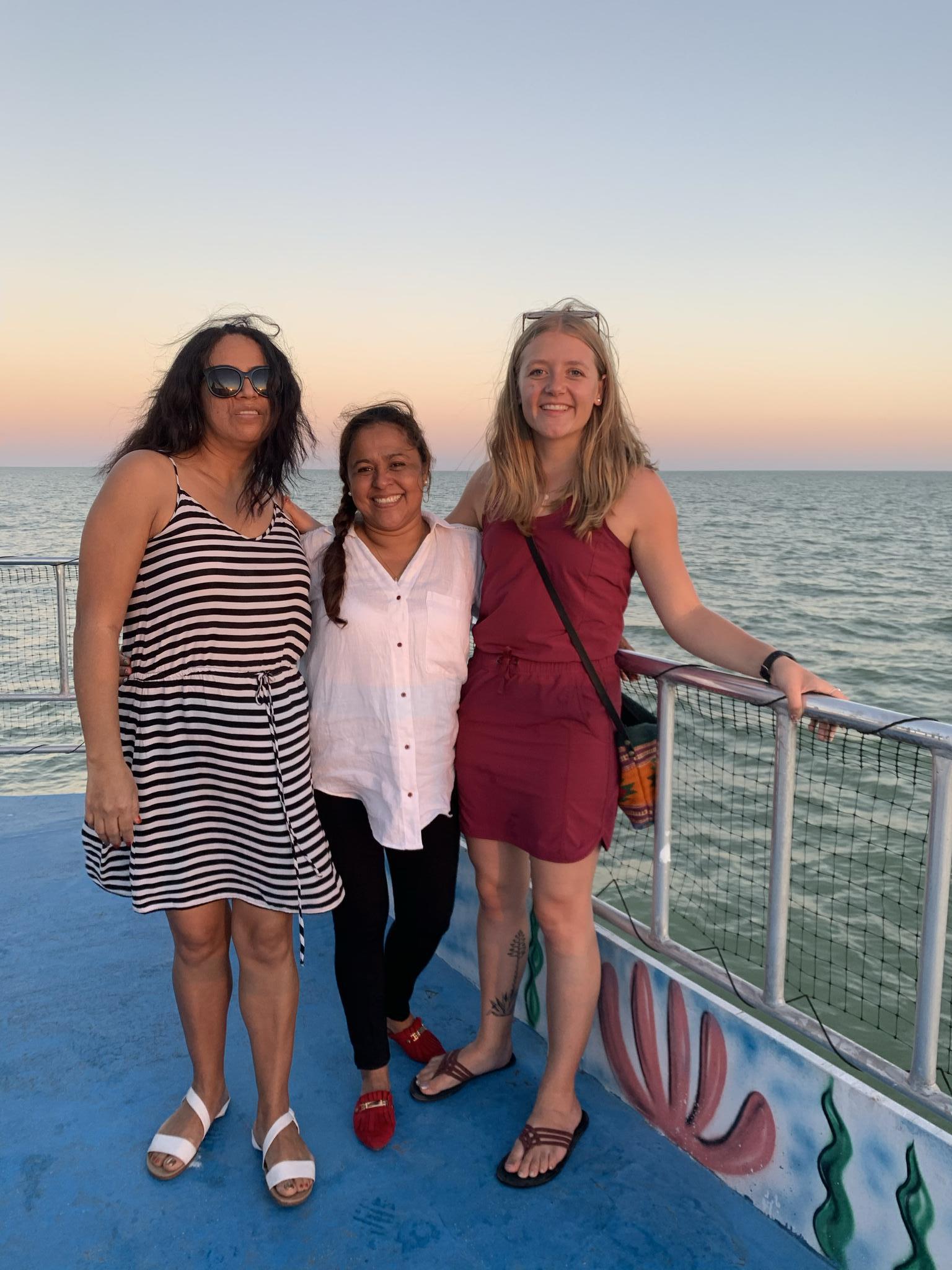
I’m convinced that nowhere in the world is there a more robust iguana population than in Carmen. We’re not talking small iguanas, we’re talking one- to three-foot iguanas, rat-eating iguanas, iguanas that run faster than I do. One time, an iguana jumped out of a tree and landed five feet in front of me. I’ve been traumatized ever since.
Las mujeres chingonas
I have never lived in a place with more awesome, kind, badass, independent women, and the community of women that welcomed me in Carmen (coworkers, students, book club friends, interviewees) brought me joy every day (I wrote about it in an earlier blog post). I loved and delighted in every moment of working in an environment with almost all women. #GirlPower
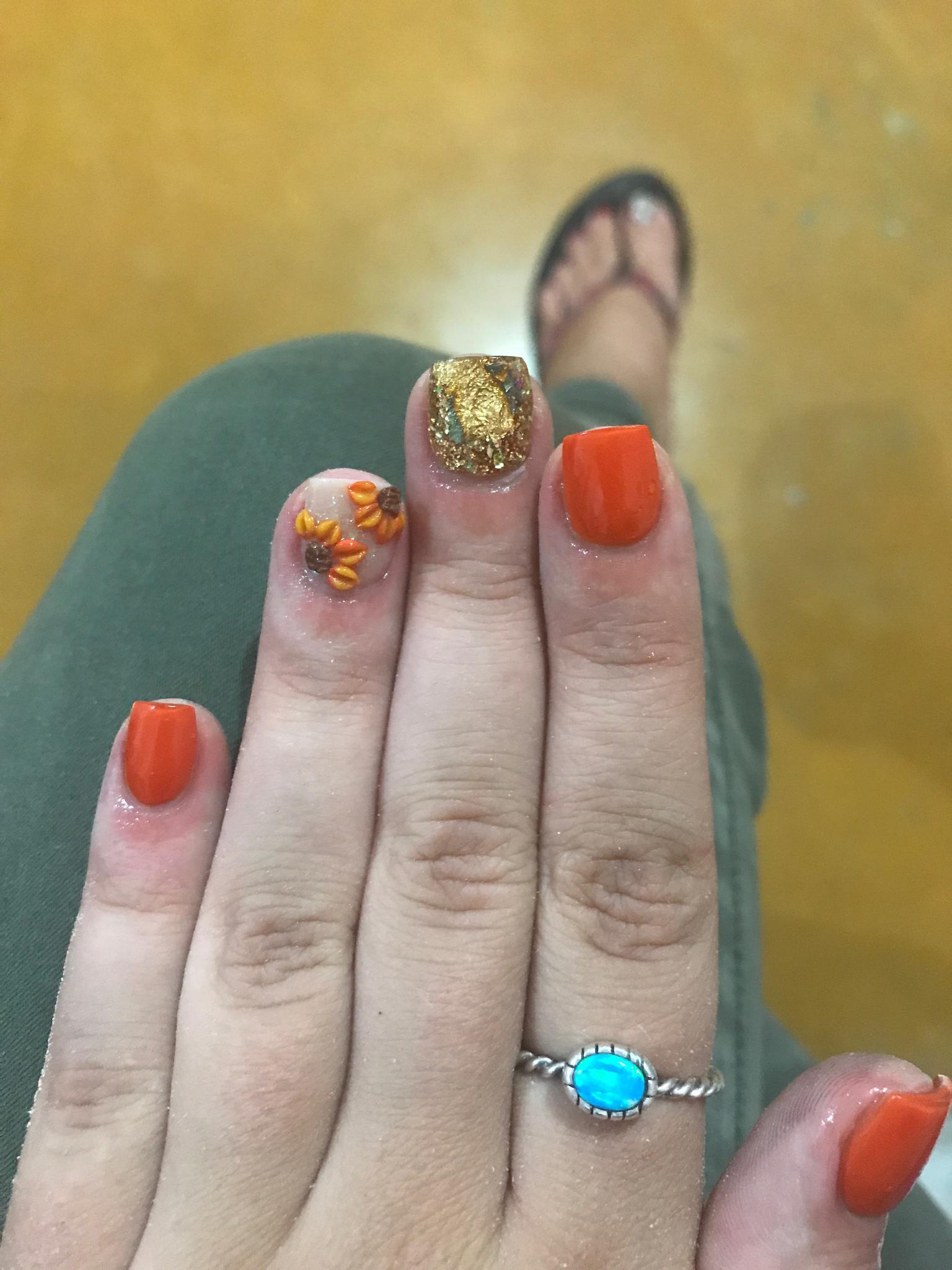
Acrylic nails
If you know me, you know that before coming to Carmen I was not much of a nail person, much less an acrylic nail person. But when I moved there I found a super cool nail artist, Alex, and started going to her every month. Alex is incredibly talented and gave me a new design every time I saw her, my favorites were: Día de la Independencia, Día de Muertos and sunflowers.
Zeta gas
Anyone who has lived in Mexico knows that it’s a country that tends to have a lot of street noise, particularly from cars or motorcycles or triciclos trying to buy or sell things, such as but not limited to: tamales oaxaqueños, water, iron, mattresses, and gas. For months, every day I heard this truck drive by with a speaker blaring a catchy tone and advertising something, but for the life of me I couldn’t make out what it was saying. One day, I saw the actual truck (before, I had only ever heard the sound from afar), and I noticed the logo on its side: “Zeta Gas.” It was then that I realized the announcement was just repeating “Zeta, zeta, zeta gas.” This is probably not a satisfying end to anyone except me, but I cannot tell you how much my world changed once I finally understood what the speaker was blaring, and could even sing along!
Children in uniforms
I mean this in a totally non-creepy way, but children in uniforms are objectively cuter than children in normal clothes. In Campeche, the public school sport uniform for kids also has “Crecer en grande” — the state motto for the sexenio — emblazoned on it, which I found motivational.
Frozen avocado smoothies
With increased access to avocado comes increased ability to experiment with avocado. If y’all have not put frozen avocado in a smoothie, I strongly recommend it. It makes the texture like ice cream. This was my favorite thing to do after running or working out.
La Glorieta del Camarón
La Glorieta del Camarón is a roundabout with a giant shrimp statue in the center, paying tribute to the days when Carmen’s primary industry was shrimp fishing rather than oil drilling. When my students had to present about the primary tourist attractions of Carmen, they all mentioned el camarón, and they were right. El camarón is awesome, and even more so when they decorated it for Christmas with a Santa hat.
I should probably stop writing now, because I don’t think anyone has made it this far anyway. My only wish is that we can all find some joy, some delight in this time. I say that not to make light of the situation or the suffering it’s causing and will cause so many, but rather because I think we all need to imagine a future where things get better, where we are not saying “goodbye” to so many of the things and people we love, but simply “see you later.”
That’s what I say to you, Carmen. See you later, hasta luego.
Con amor carmelo,
Mia
